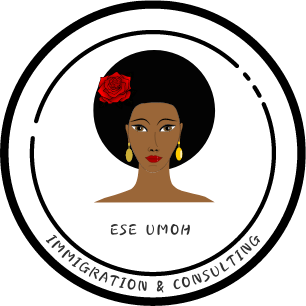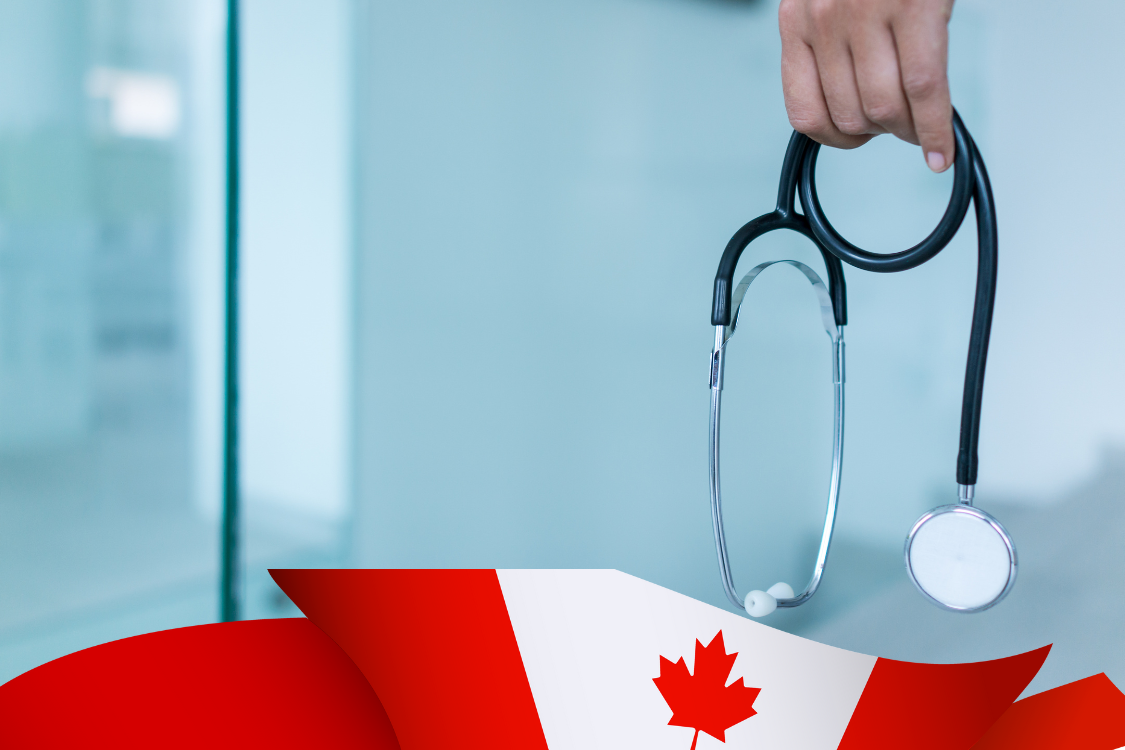Dear future neighbbour,
In a newly released Minister Transition Binder, Immigration, Refugees and Citizenship Canada (IRCC) has revealed which permanent residence (PR) application streams it intends to fully clear in 2025 and which ones will see only a partial inventory processed.
The bottom line: IRCC is aiming to completely eliminate its backlog for certain pathways (notably most Express Entry streams, PNP streams tied to Express Entry, federal community pilots, and Quebec’s skilled worker programs). For other economic and pilot programs, only a share of pending applications will be addressed in 2025.
Below, we break down IRCC’s plan by immigration stream, show key numbers and expected wait times, and discuss what this means for prospective applicants.
What IRCC Will and Won’t Fully Clear in 2025
IRCC’s strategy divides PR pathways into two broad groups:
-
Streams whose full application inventory will be processed in 2025
-
Streams for which only a portion of the inventory will be cleared
Here’s a breakdown:
| Category |
PR Stream(s) |
Inventory Status as of Sept 11, 2025* |
Portion to Be Processed in 2025 |
Notes / Wait-Time Trends |
| Full clearance planned |
Express Entry (CEC, FSW, FSTP) |
CEC: 19,300 ● FSW: 12,500 |
100% |
Express Entry wait times hovering around 5–7 months |
|
Express Entry–aligned PNP (Enhanced PNP) |
16,300 |
100% |
PNP (Express Entry) sees wait times of ~6–7 months |
|
Quebec skilled worker streams (PSTQ, PEQ, Quebec pilot programs) |
27,600 |
100% |
Skilled worker wait times ~8–11 months |
|
Quebec business streams |
4,100 |
~3% |
Business pathways have long delays (108+ months) |
|
Federal community pilots (RNIP, RCIP, FCIP) |
3,500 |
100% |
Wait times ~7–14 months |
| Partial clearance |
Base PNP (non-Express Entry) |
87,700 |
~35% (≈ 30,695) |
Wait times rising, up to ~19–24 months |
|
Atlantic Immigration Program (AIP) |
12,100 |
~33% (≈ 3,993) |
Wait times soared to 24–27 months |
|
Caregiver Pilots |
34,400 |
~14% (≈ 4,816) |
Delays now into the 80–108 month range |
|
Economic Mobility Pathways Pilot (EMPP) |
2,500 |
~12% (≈ 300) |
Growing backlog, up to 36–54 months |
|
Agrifood Pilot |
8,900 |
~5% (≈ 445) |
Extreme backlog escalation (up to 180–228 months) |
|
Start-Up Visa (SUV) |
38,600 |
~2% (≈ 772) |
Substantial wait times (420+ months) |
Figures are based on IRCC’s inventory as of September 11, 2025.
Highlights & Key Takeaways by Stream
Express Entry / Federal Skilled Programs
-
IRCC intends to process 100% of the backlog for the Canadian Experience Class (CEC), Federal Skilled Worker (FSW), and Federal Skilled Trades (FSTP) in 2025.
-
As of mid-September, the backlog stood at 19,300 for CEC and 12,500 for FSW.
-
Historical processing times over recent quarters have ranged from 5 to 7 months.
These figures suggest that IRCC believes it can return to a more predictable, efficient processing cycle
Provincial Nominee Program (PNP)
-
Enhanced (Express Entry–aligned) PNP streams will also see their backlog fully cleared. Inventory: ~16,300 applications.
-
Conversely, base (non-Express Entry) PNP streams will experience only ~35% inventory reduction (≈ 30,695 applications). Backlogs have led to wait times up to 19–24 months.
Quebec Immigration Streams
-
IRCC (in coordination with Quebec authorities) will clear the full backlog in the skilled worker category (including PSTQ, PEQ, and Quebec pilot programs) — ~27,600 applications.
-
The Quebec business immigration streams are treated more conservatively: only ~3% (~123 applications) of the backlog will be addressed, reflecting the complex vetting and longer delays involved (wait times have exceeded 108 months in recent quarters).
-
Skilled worker streams in Quebec have experienced wait times in the range of 8 to 11 months quarterly.
Atlantic Immigration Program (AIP)
-
Only one-third (~33%) of AIP’s backlog will be processed in 2025. That’s ~3,993 of 12,100 pending files.
-
Wait times have surged: from ~13 months in earlier quarters to 24–27 months as of 2025-Q1/Q2.
Federal Economic & Pilot Programs
-
Caregiver Pilots: ~14% of the backlog (~4,816 of 34,400) will be handled. Delays now reach 80–108 months in some quarters.
-
EMPP (Economic Mobility Pathways Pilot): ~12% (~300 out of 2,500) will be processed. Wait times recently spiked to 36–54 months
-
Agrifood Pilot: ~5% (~445 of 8,900) processed in 2025. Wait times have ballooned into the 180–228 month range (i.e. 15–19+ years!).
-
Start-Up Visa (SUV): Only ~2% (~772 of 38,600) will be processed. Processing times have reached 420+ months (35 years+ in some instances).
Federal Community Pilots (RNIP, RCIP, FCIP)
-
IRCC will fully clear the backlog (~3,500 applications) in 2025.
-
Recent wait times have ranged from 7 to 14 months depending on the quarter.
What This Means for Prospective Applicants (and What to Watch For)
1. Better prospects for Express Entry & Enhanced PNP routes
Because IRCC aims to eliminate those backlogs entirely, candidates in these streams may benefit from faster turnaround times and more predictable processing.
2. Long waits persist for “niche” and pilot routes
For pathways like Start-Up Visa, Agrifood, caregiver programs, and EMPP, the current delays are extreme — and only a small fraction of pending applications will move forward in 2025. That suggests continued frustration for applicants in those categories.
3. Quebec business streams remain heavily constrained
Given the tiny percentage allocated to business immigration pathways, those considering Quebec business investment or entrepreneur streams should anticipate very protracted processing times.
4. Processing time trends still volatile
Note how wait times for many streams have fluctuated wildly from quarter to quarter — e.g. PNP (base) rising from ~11 to 24 months, AIP jumping to 27 months. The backlog is real, and clearing it won’t necessarily bring stability overnight.
5. Policy shifts may change the numbers
These figures come from IRCC’s internal planning (via the Minister’s binder). Actual processing outcomes will depend on staffing, budgets, validation of applications, and shifting immigration priorities.
What This Means Moving Forward
IRCC’s 2025 roadmap is bold: full clearance of Express Entry, aligned PNP, Quebec skilled worker streams, and federal community pilots. For many applicants, this signals a return to more reliable processing. Yet for many niche economic and pilot classes, the backlog remains formidable, and only a sliver will be handled in the coming year.
If you’re planning to apply (or are in process) in any of these streams, now is a good time to monitor updates from IRCC, check your eligibility or pathways for switching streams, and weigh your options carefully.
Need help with your Canadian immigration process?
Whether you’re applying for a visitor visa, submitting a work permit or visa application, creating an Expression of Interest (EOI), setting up an Express Entry or Provincial Nomination profile, preparing your application after receiving an Invitation to Apply, or simply want a professional review of your self-prepared application, we’re here to assist you.
Schedule a consultation or contact us at:
info@eseumohimmigration.com











